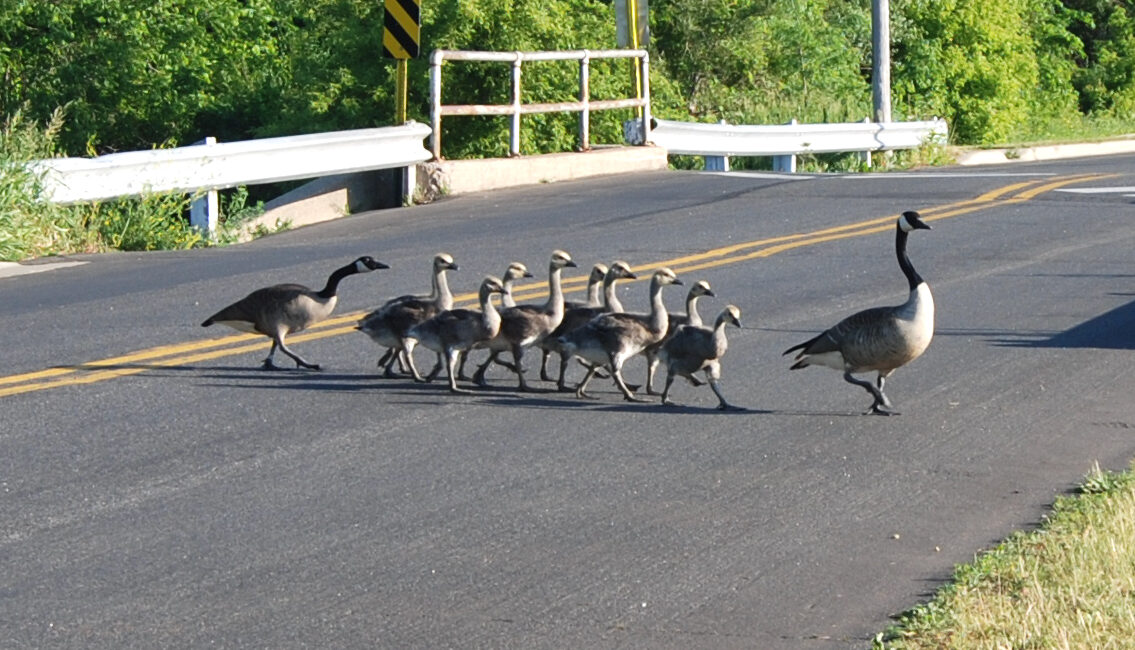The Wisconsin Department of Natural Resources (DNR) announced Thursday that EA H5 Avian Influenza, a strain that is highly pathogenic for poultry, has been detected in wild birds in Wisconsin.
According to information released by the department, the samples were collected from a Cooper’s hawk and a bald eagle submitted from Dane County, a lesser scaup from Columbia County, a red-tailed hawk from Grant County, a Canada goose from Milwaukee County, and a trumpeter swan from Polk County.
The announcement follows preliminary positive results found by the U.S. Geological Survey’s National Wildlife Health Center and confirmed by the U.S. Department of Agriculture’s National Veterinary Services Laboratory on March 30 and March 31, the release stated.
On March 14, the Wisconsin Department of Agriculture, Trade and Consumer Protection (DATCP) announced the detection of HPAI in domestic poultry in Jefferson County. The DNR continues to work closely with state and federal partners to monitor for this virus, the release read.
The strain of highly pathogenic avian influenza (HPAI) currently affecting the health of some domestic and wild North American birds is known as EA H5N1. It has caused disease in domestic and wild birds in multiple states since it was first detected in North America in December 2021.
More information about the distribution of Highly Pathogenic Avian Influenza H5 and H5N1 in North America is available on the U.S. Geological Survey website.
DNR, partners monitoring waterfowl, raptors, avian scavengers for HPAI
Additionally, the release reported, as part of existing avian influenza response plans, federal and state partners are working on more surveillance and testing. DNR staff have increased monitoring efforts for this strain of HPAI, focusing on species most likely to carry or be affected by the virus.
The DNR asks the public to email or call with reports of waterfowl, waterbirds, raptors (especially bald eagles) and avian scavengers such as crows, ravens and gulls showing tremors, circling movement or holding their heads in an unusual position. These symptoms may be a sign of HPAI.
Reports can be made to the DNR Wildlife Hotline by emailing DNRWildlifeSwitchboard@wi.gov or by leaving a voicemail message for a return phone call at 608-267-0866.
Those who observe a sick or dead birds should minimize contact with them. Do not touch dead birds or wildlife with your bare hands. If you have to touch a dead bird, wear gloves or use a plastic bag to put it in the garbage. Wash your hands with soap and water after handling and throw away any gloves, the release advised.
Avian influenza is caused by a virus that is common in wild birds, especially waterfowl and shorebirds. There are many different subtypes of avian influenza, and most do not cause obvious signs of disease in wild birds. Waterfowl often carry avian influenza viruses naturally without causing disease, but there have been rare strains, such as EA H5N1 HPAI, that can cause disease in some wild birds or other animals. Whether a strain is classified as low or highly pathogenic depends on how lethal it is to domestic poultry, the release continued.
In general, upland birds such as wild turkey have behaviors and prefer habitats that make them less likely to encounter avian influenza viruses in the wild. Spring turkey hunters can find safety and precautionary information on the USDA website. This strain of HPAI also does not pose a food safety risk; properly handling and cooking harvested birds to an internal temperature of 165°F kills the virus, according to the release.
More information on Avian influenza viruses and the ongoing response to this HPAI strain is available on the DNR’s wildlife diseases webpage. The DNR will continue to update the website with any future HPAI findings in wild Wisconsin birds.
DATCP reminds anyone working with birds to complete premises registration and to practice enhanced biosecurity. Producers are encouraged to move their birds indoors, when possible, to prevent contact with wild birds and their droppings.

Wild geese escort their brood across the street in Walworth County. File photo/Kim McDarison.
This post has already been read 1579 times!
